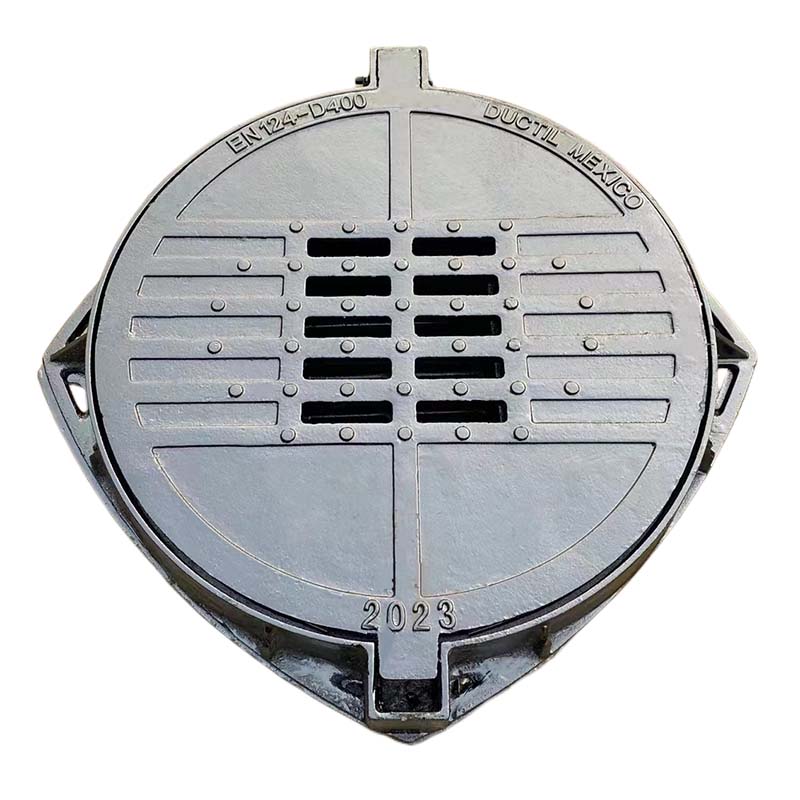pneumatic safety relief valve
Understanding Pneumatic Safety Relief Valves Importance and Functionality
In industrial processes where gases are used or generated, safety becomes a paramount concern. Pneumatic safety relief valves are critical components designed to protect equipment and personnel from the dangers associated with overpressure conditions. These valves play a vital role in maintaining safety in pneumatic systems by ensuring that pressure levels remain within acceptable limits, thus preventing potential accidents or catastrophic failures.
What is a Pneumatic Safety Relief Valve?
A pneumatic safety relief valve is a specialized device that automatically releases pressure when it exceeds a predetermined set point. Designed to handle gases, these valves act as a fail-safe mechanism, diverting excess pressure away from pneumatic systems, pipelines, or vessels. When the pressure within the system reaches the threshold, the valve opens and allows a controlled release of gas until normal operating pressures are restored.
Key Features and Functionality
1. Set Point Calibration The effectiveness of a safety relief valve hinges on its ability to accurately respond to pressure variations. Calibration involves setting the threshold or set point at which the valve will activate. This requires expertise to ensure it corresponds with the safety requirements of the specific application.
2. Actuation Mechanism Pneumatic safety relief valves can utilize various actuation mechanisms, including spring-loaded designs, which are the most common. In a spring-loaded valve, the force of the pressure inside the system must exceed the spring tension for the valve to open.
3. Discharge Capacity The size and design of the valve determine its discharge capacity—how much gas it can vent when necessary. Proper sizing is crucial; an undersized valve may not release enough pressure to prevent damage, while an oversized valve may be inefficient and unnecessarily costly.
pneumatic safety relief valve

4. Materials and Construction Given the environments they operate in, these valves must be constructed from materials that can withstand the specific chemical properties and temperatures of the gases they handle. Common materials include stainless steel and other corrosion-resistant alloys.
5. Maintenance and Inspection Regular maintenance and inspection of safety relief valves are essential to ensure their operational integrity. This includes checks for wear and tear, proper calibration, and functionality tests to verify that they will operate as intended in an emergency.
Importance of Pneumatic Safety Relief Valves
The significance of pneumatic safety relief valves cannot be overstated. Overpressure situations can lead to catastrophic failures of equipment, resulting in significant financial loss, environmental hazards, and threats to personnel safety. By effectively mitigating these risks, pneumatic safety relief valves contribute to operational efficiency and compliance with safety regulations.
In industries ranging from oil and gas to pharmaceuticals and food processing, the implementation of these valves is critical. They not only protect equipment but also ensure that businesses comply with stringent safety standards set by regulatory bodies. Neglecting the proper function and maintenance of these valves can lead to regulatory fines and legal repercussions.
Conclusion
Pneumatic safety relief valves serve a crucial role in protecting pneumatic systems from excessive pressure. Understanding their operation, features, and importance helps industries mitigate risks effectively. By prioritizing the maintenance and correct specification of these safety devices, organizations can safeguard their operations and promote a safe working environment.
In summary, the proper implementation and maintenance of pneumatic safety relief valves are essential for ensuring safety in facilities that utilize gas. Their role in protecting personnel and equipment from the repercussions of overpressure cannot be overlooked. As industries continue to evolve and grow, the technological advancements in safety relief systems will undoubtedly play a pivotal role in enhancing safety protocols and operational efficacy.
-
The Essential Component for Safe Urban InfrastructureNewsMay.14,2025
-
The Backbone of Urban InfrastructureNewsMay.14,2025
-
Practical and Stylish Solutions for Your Drainage NeedsNewsMay.14,2025
-
Lamphole Frame and Cover: Essential for Urban InfrastructureNewsMay.14,2025
-
A Seamless and Aesthetic SolutionNewsMay.14,2025
-
A Must-Have for Safety and DurabilityNewsMay.14,2025
-
Pipe Repair Clamps: Your Ultimate Solution for Efficient RepairsNewsMay.09,2025
